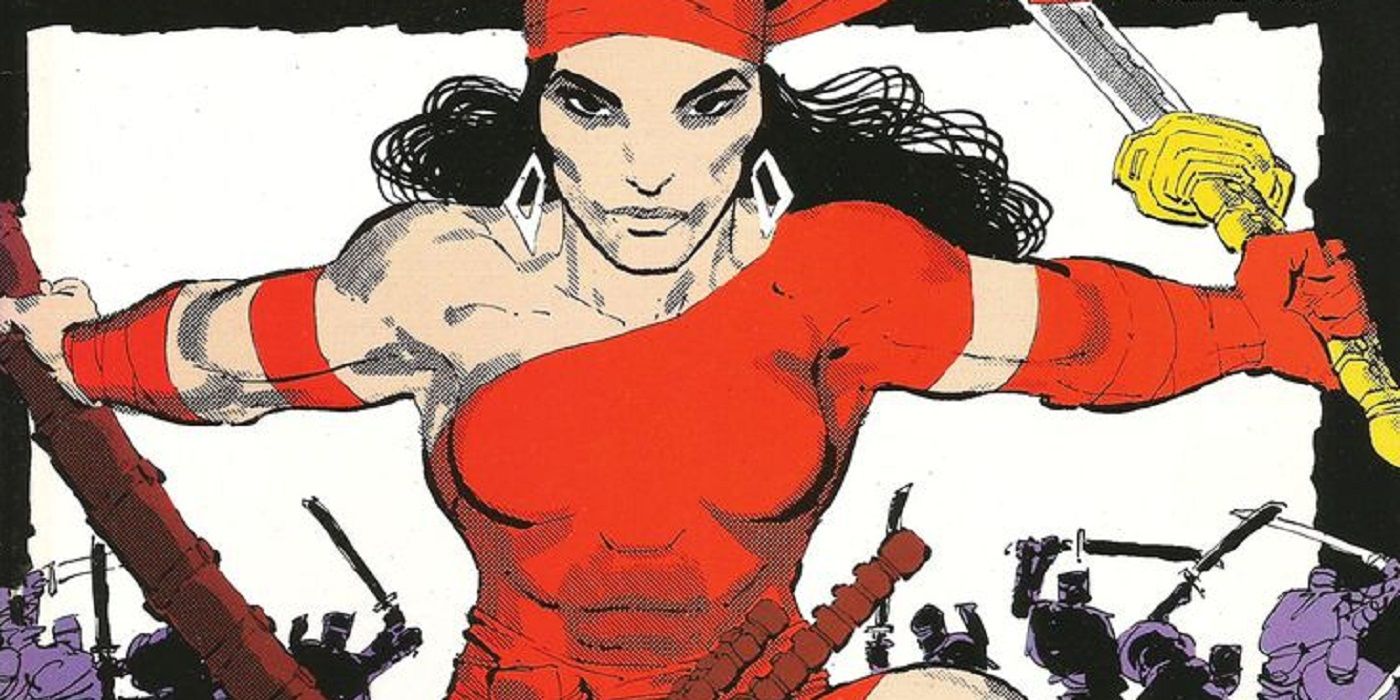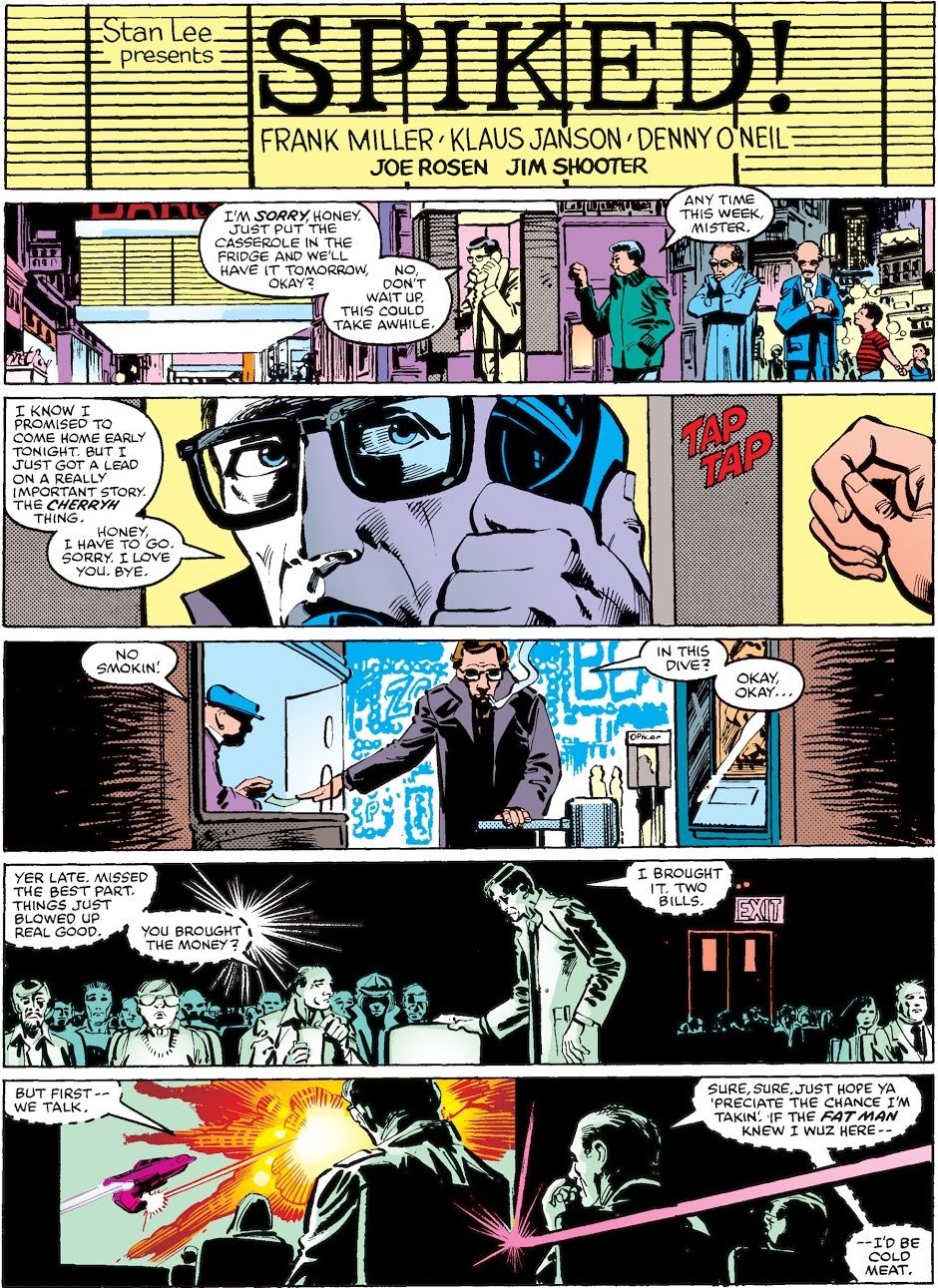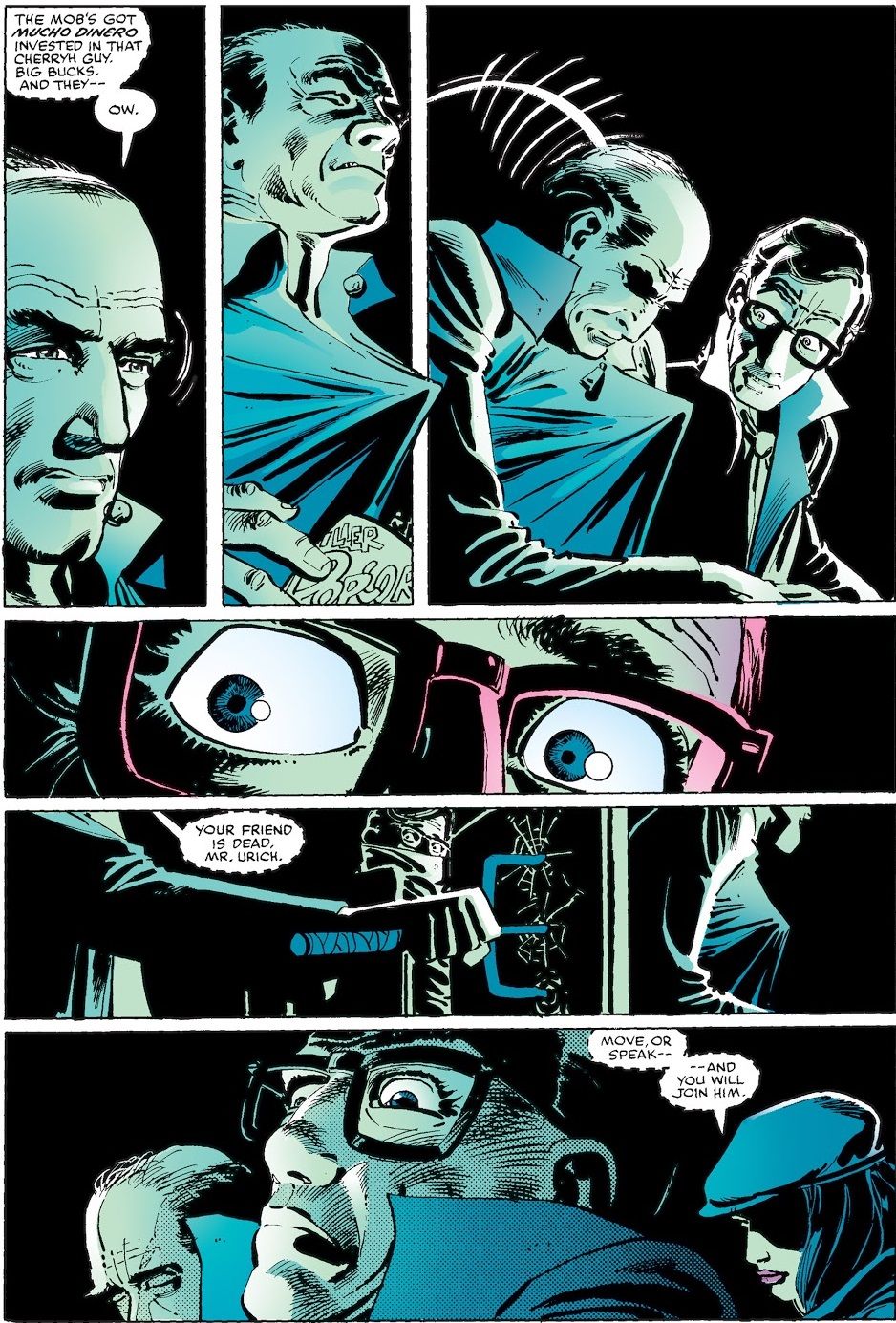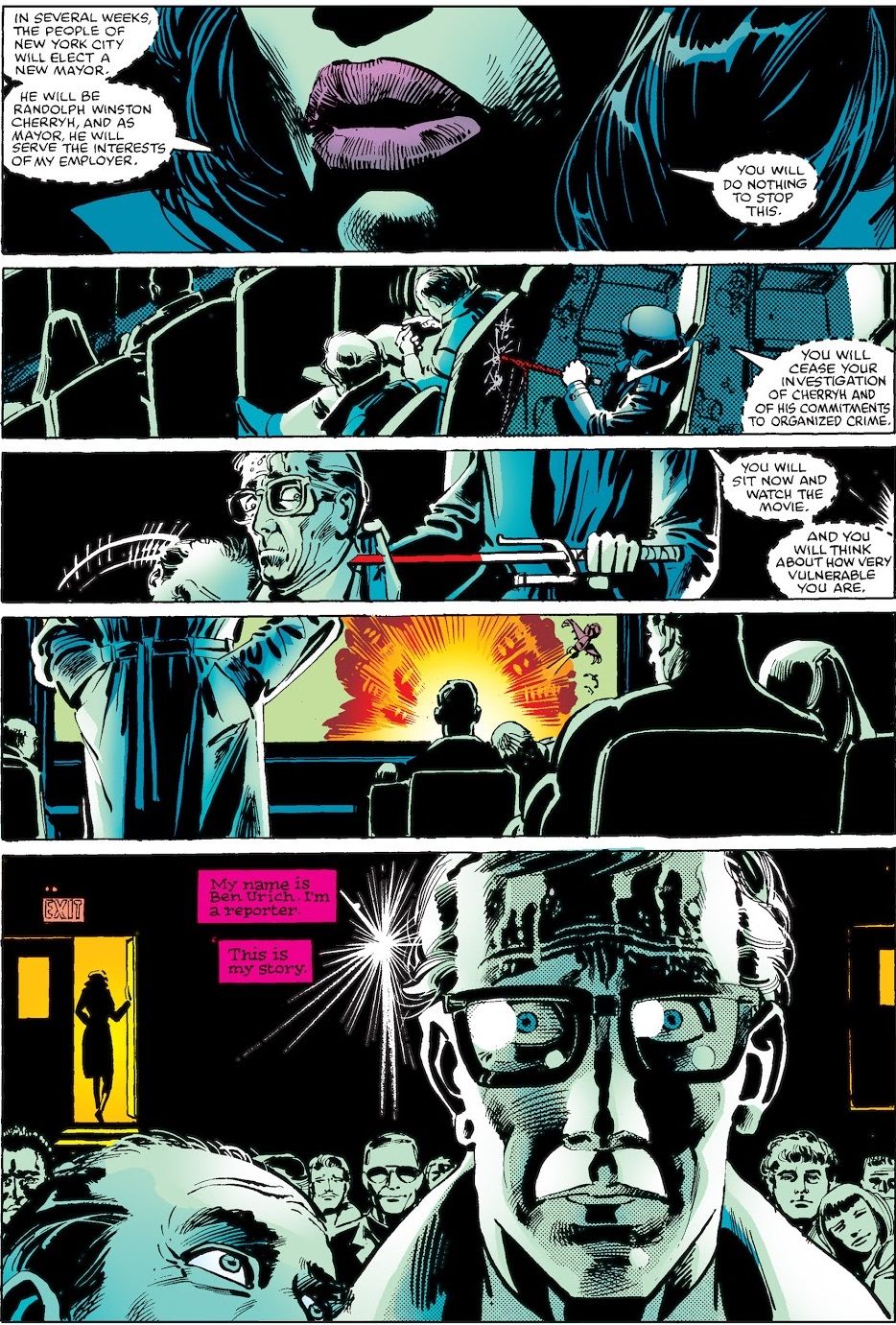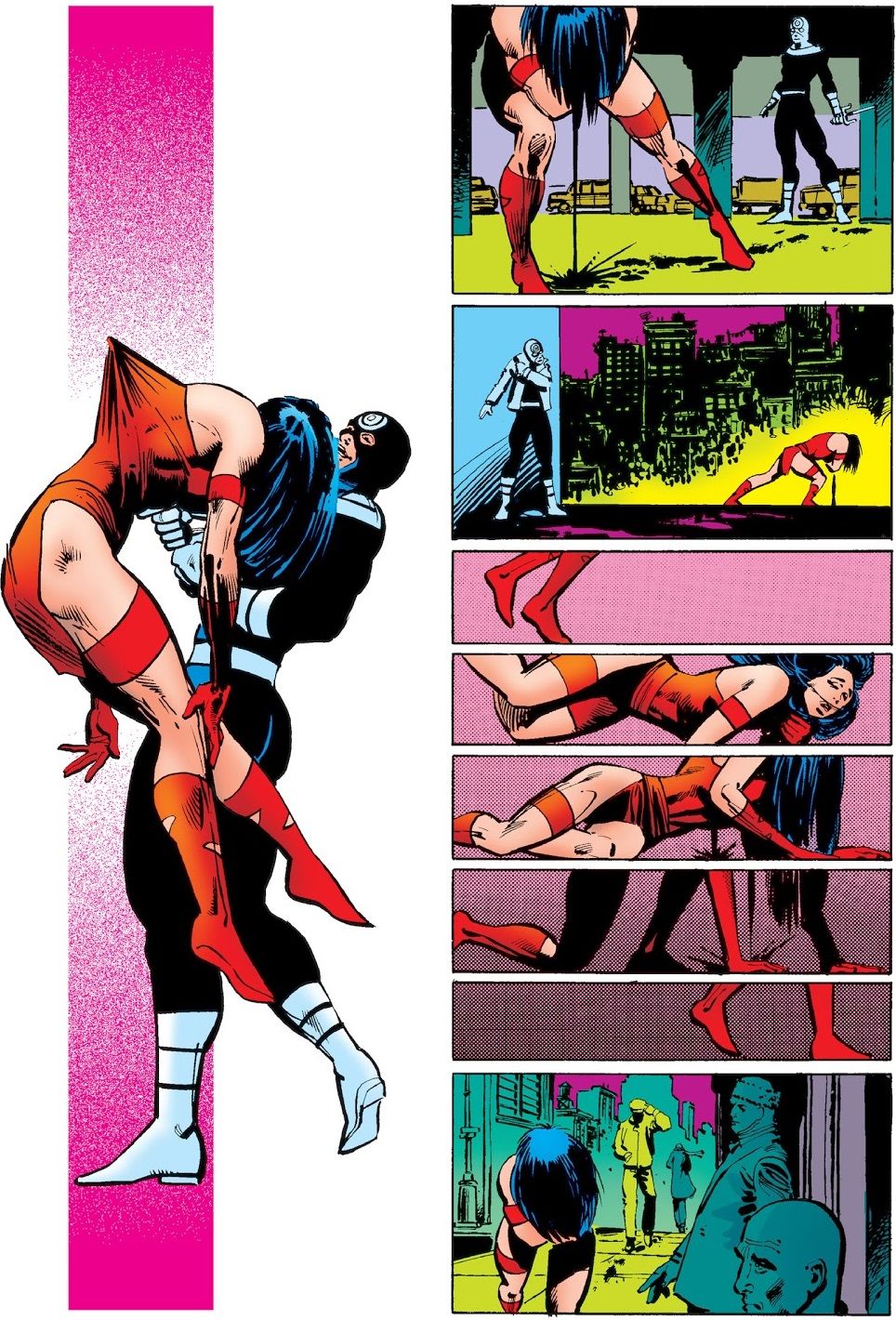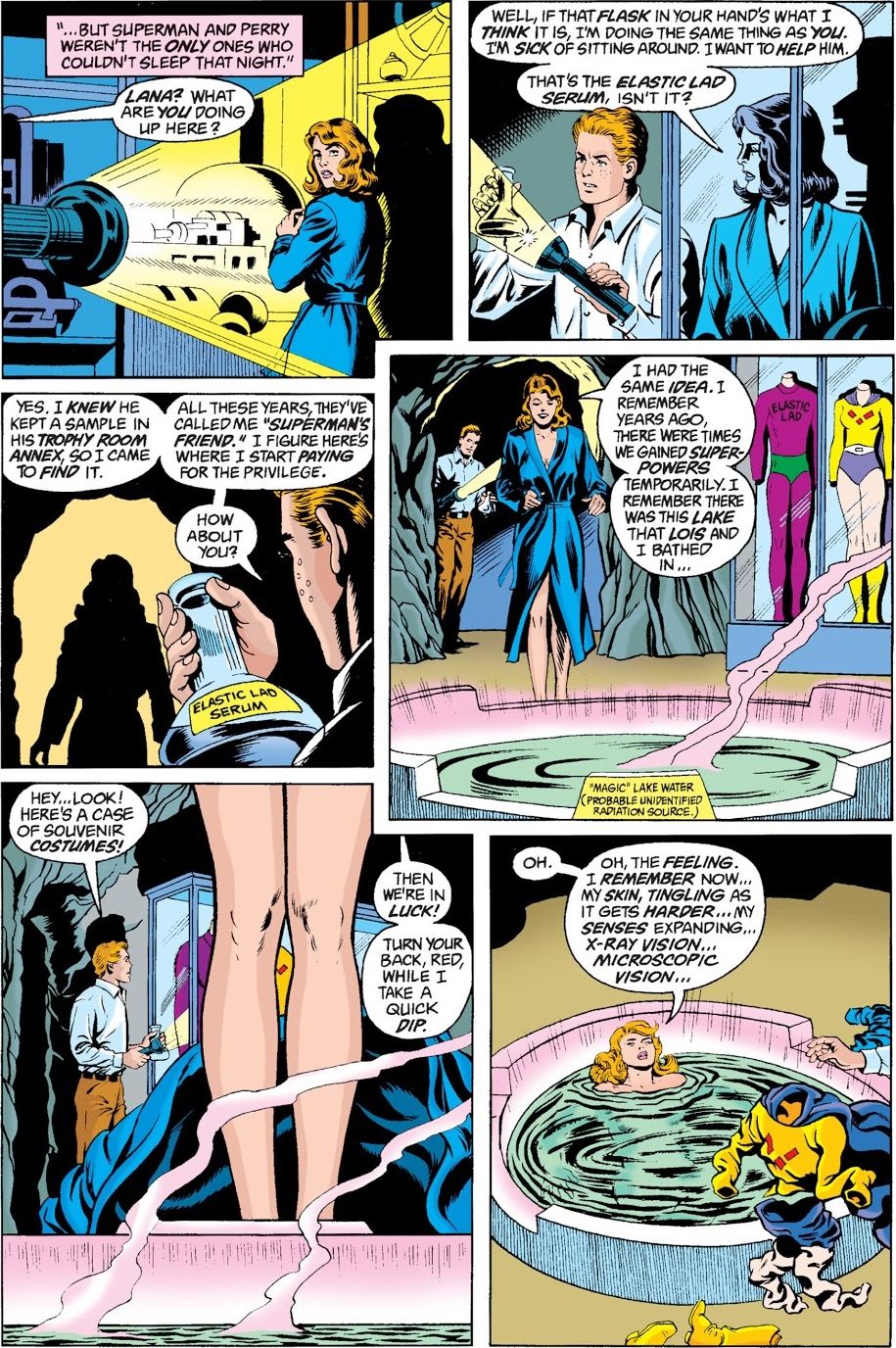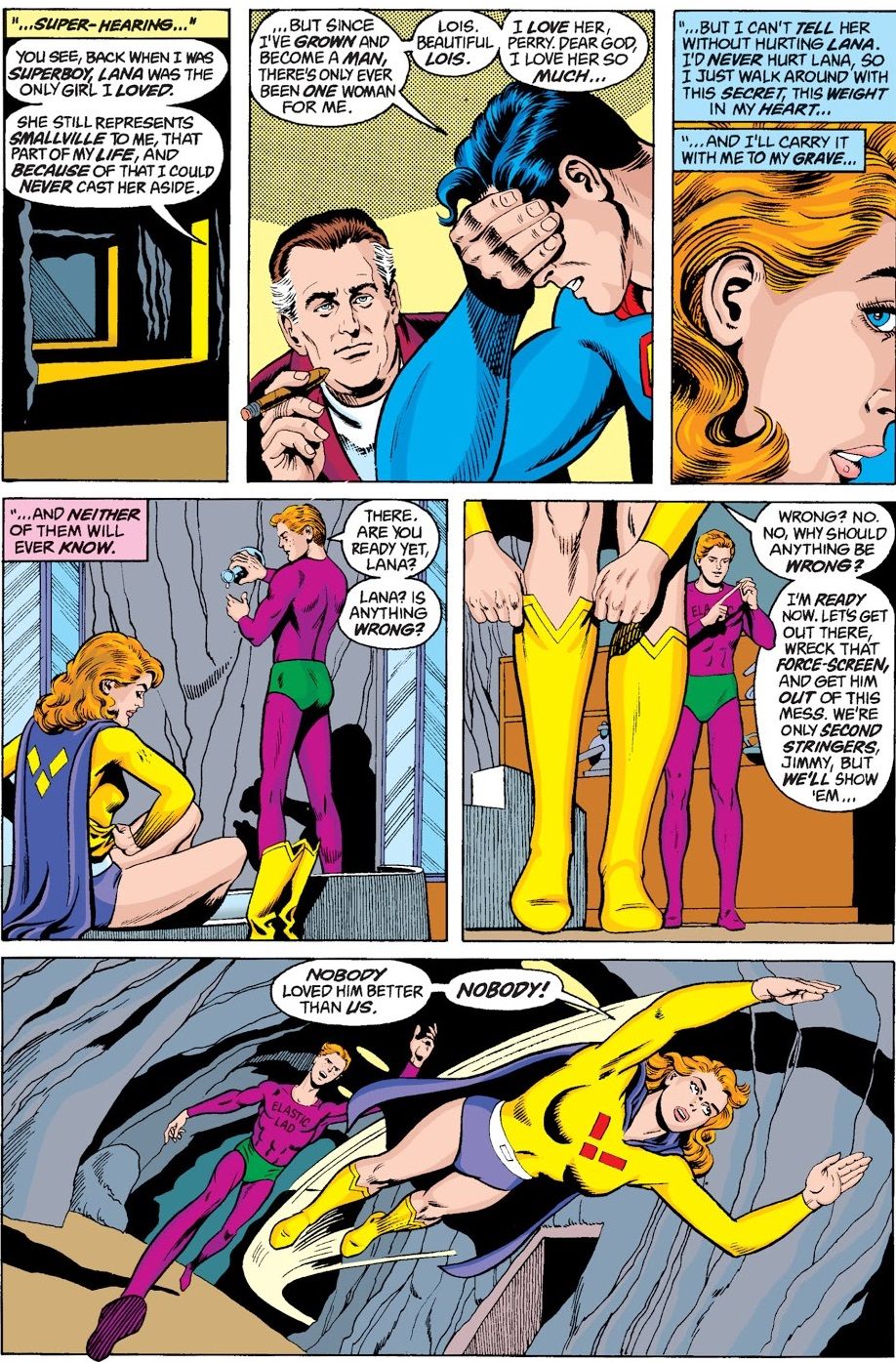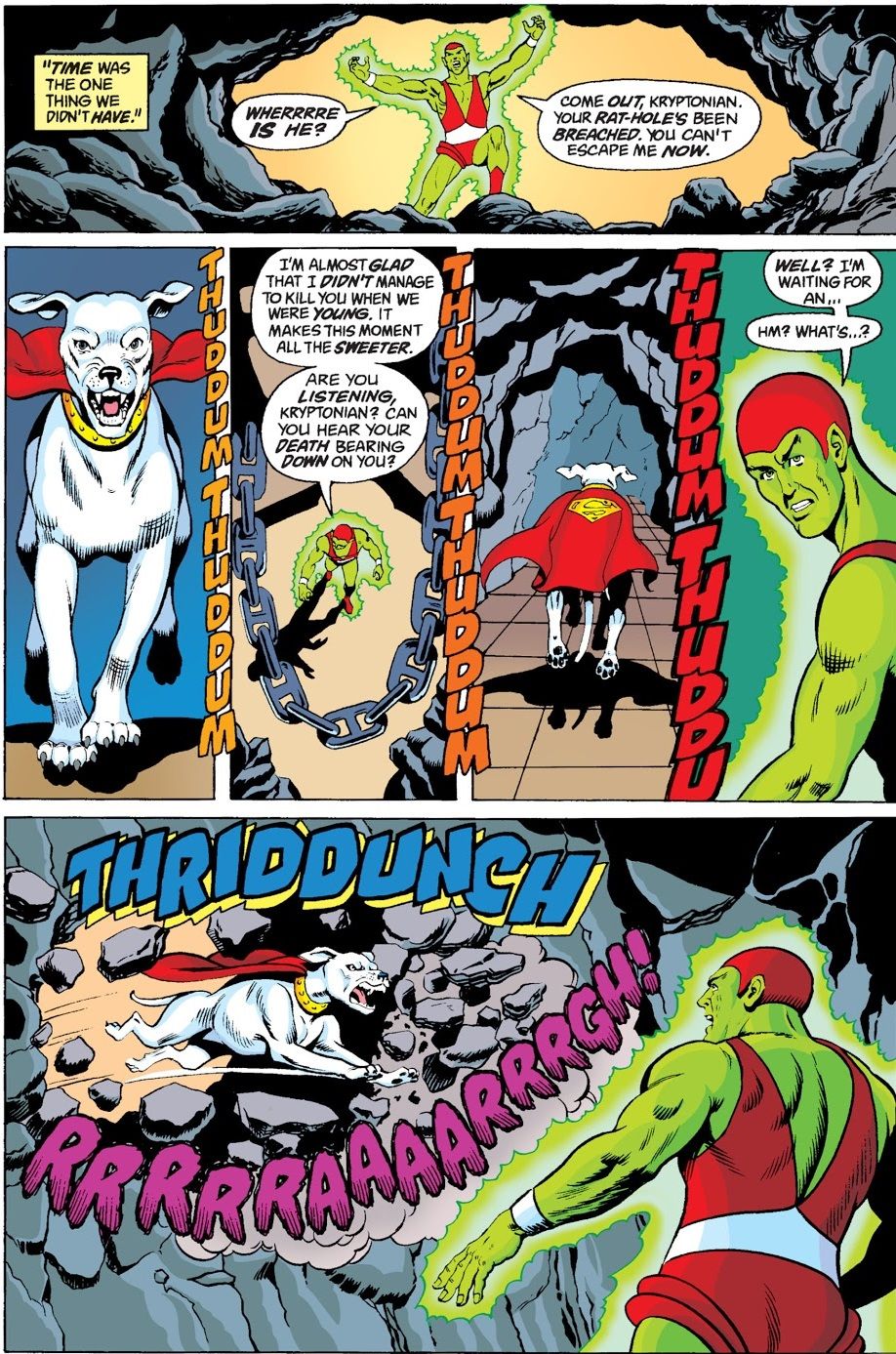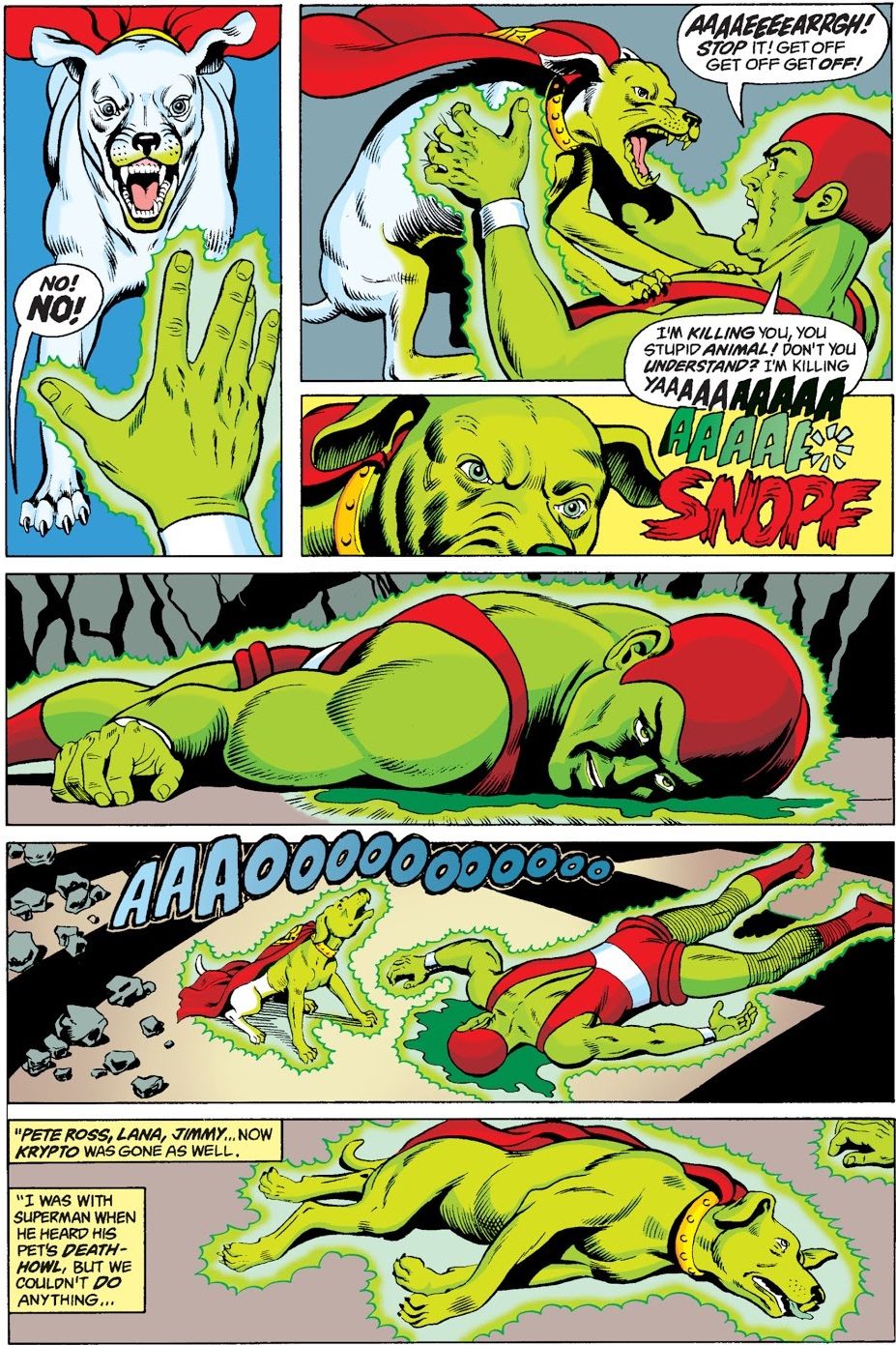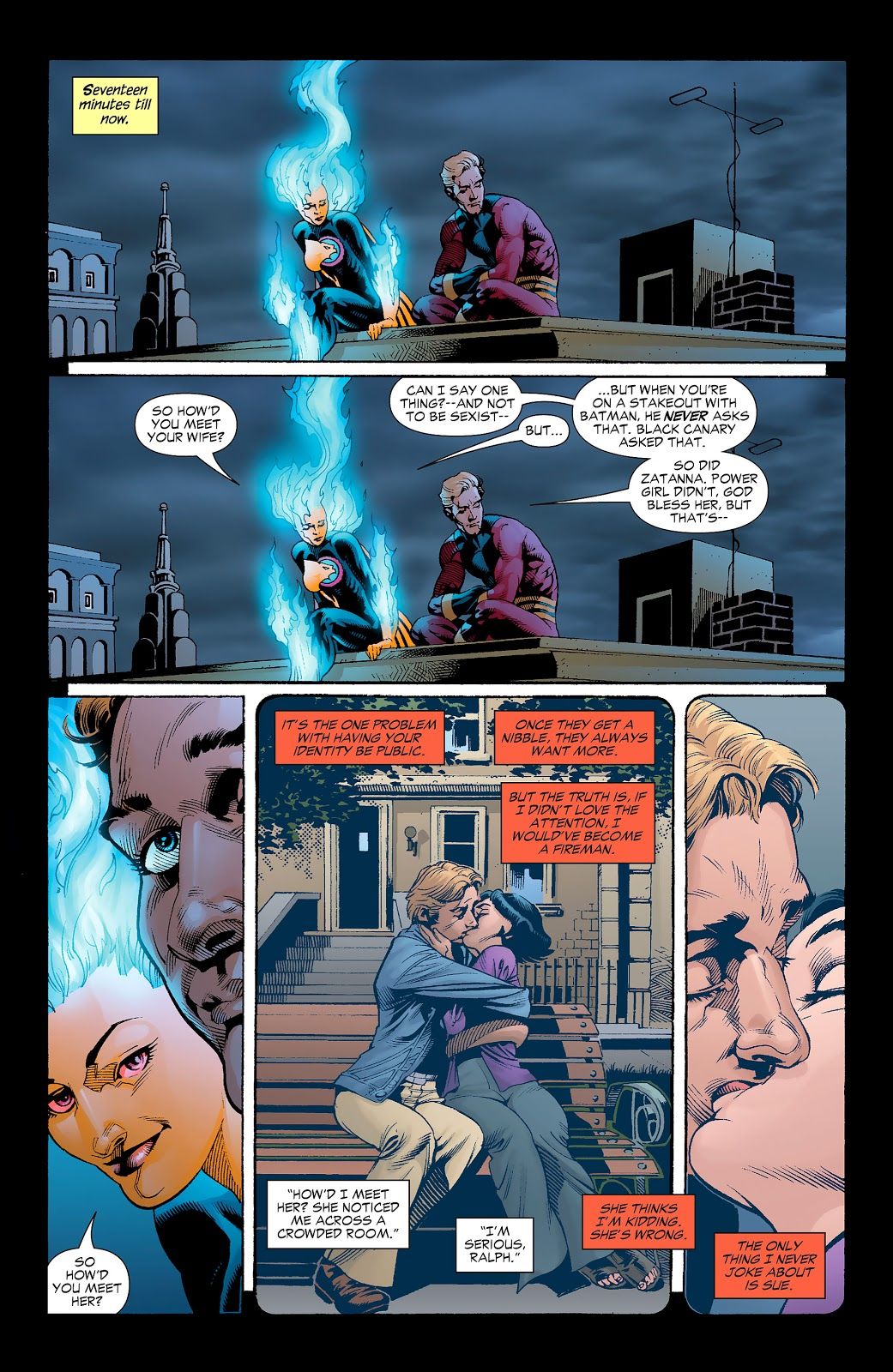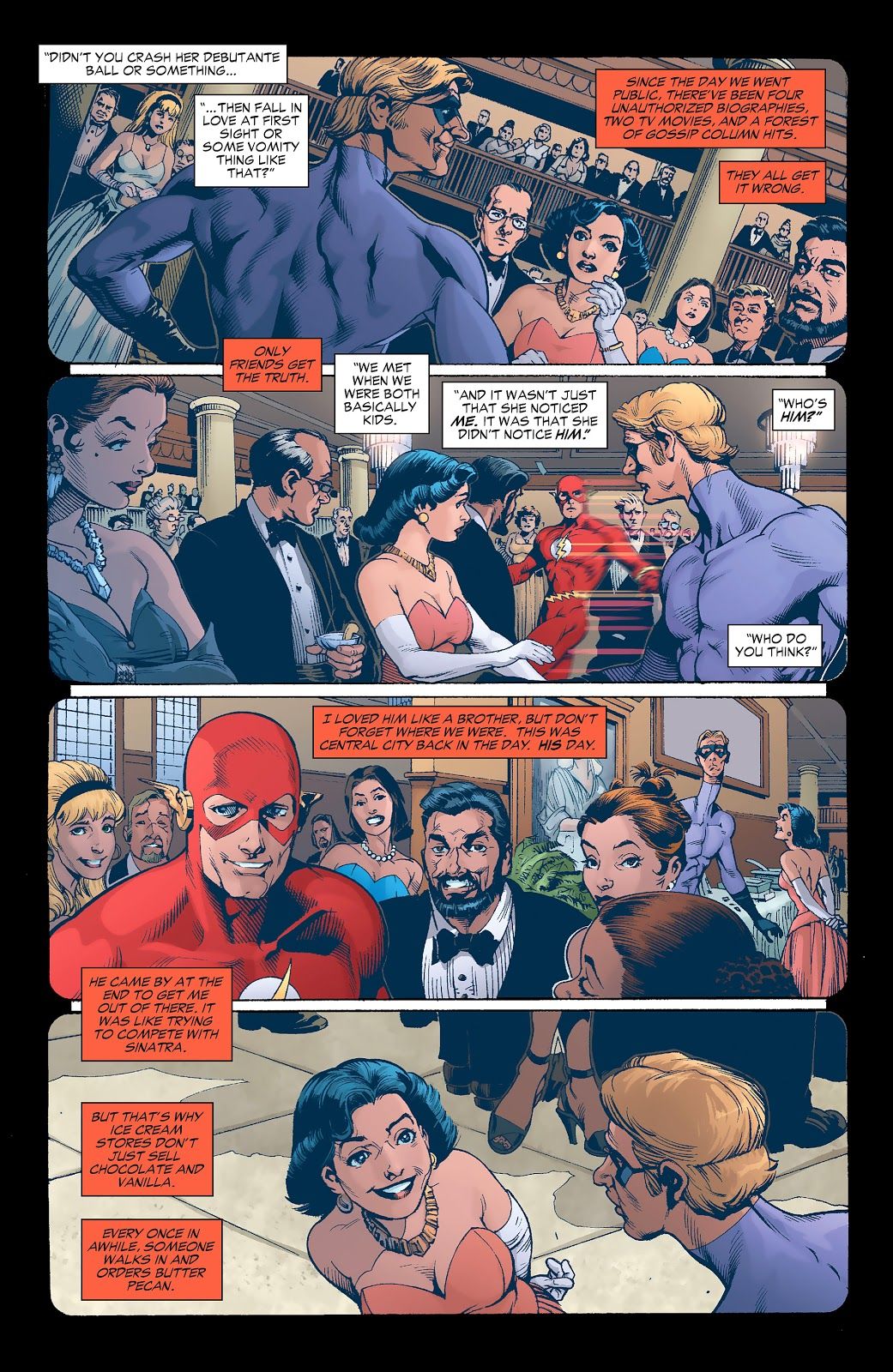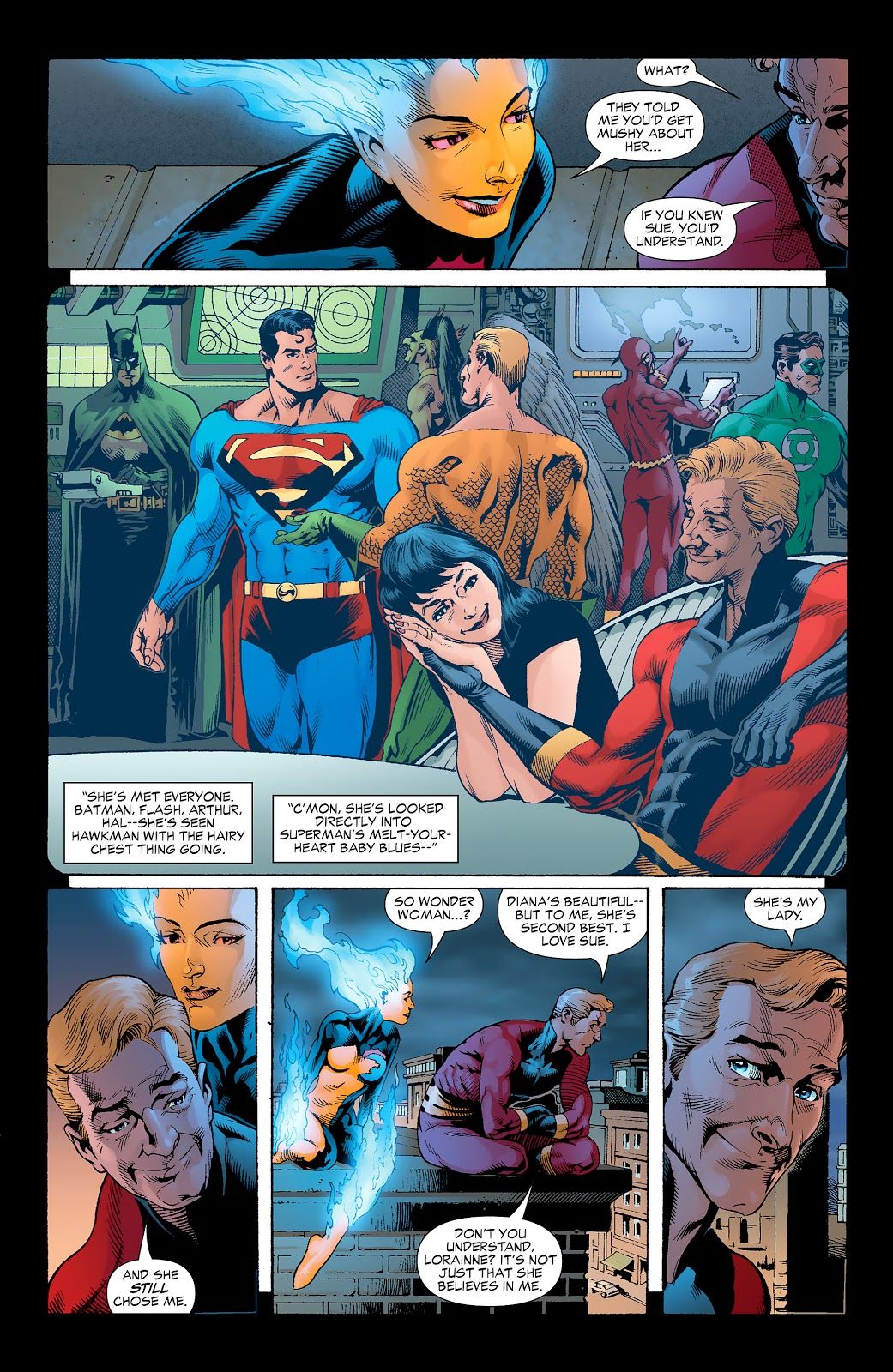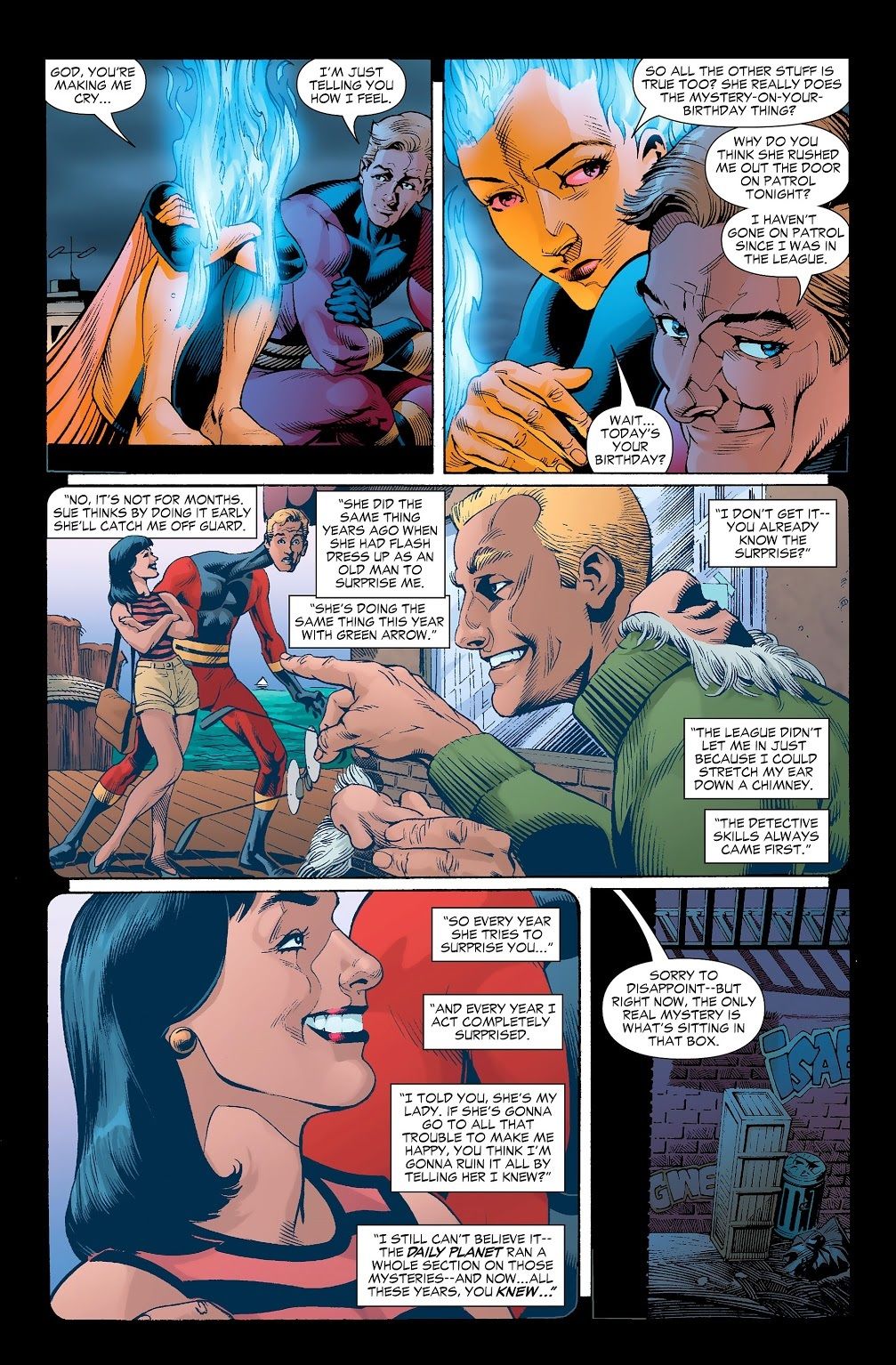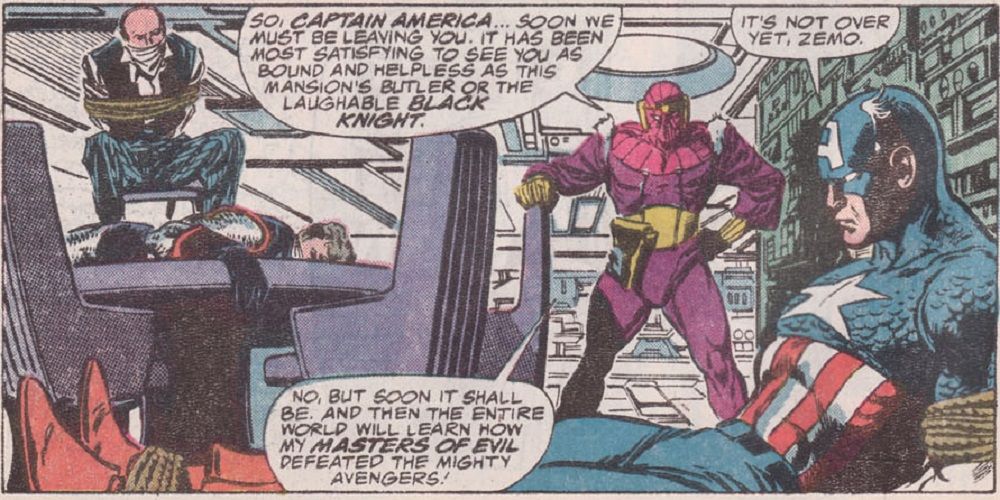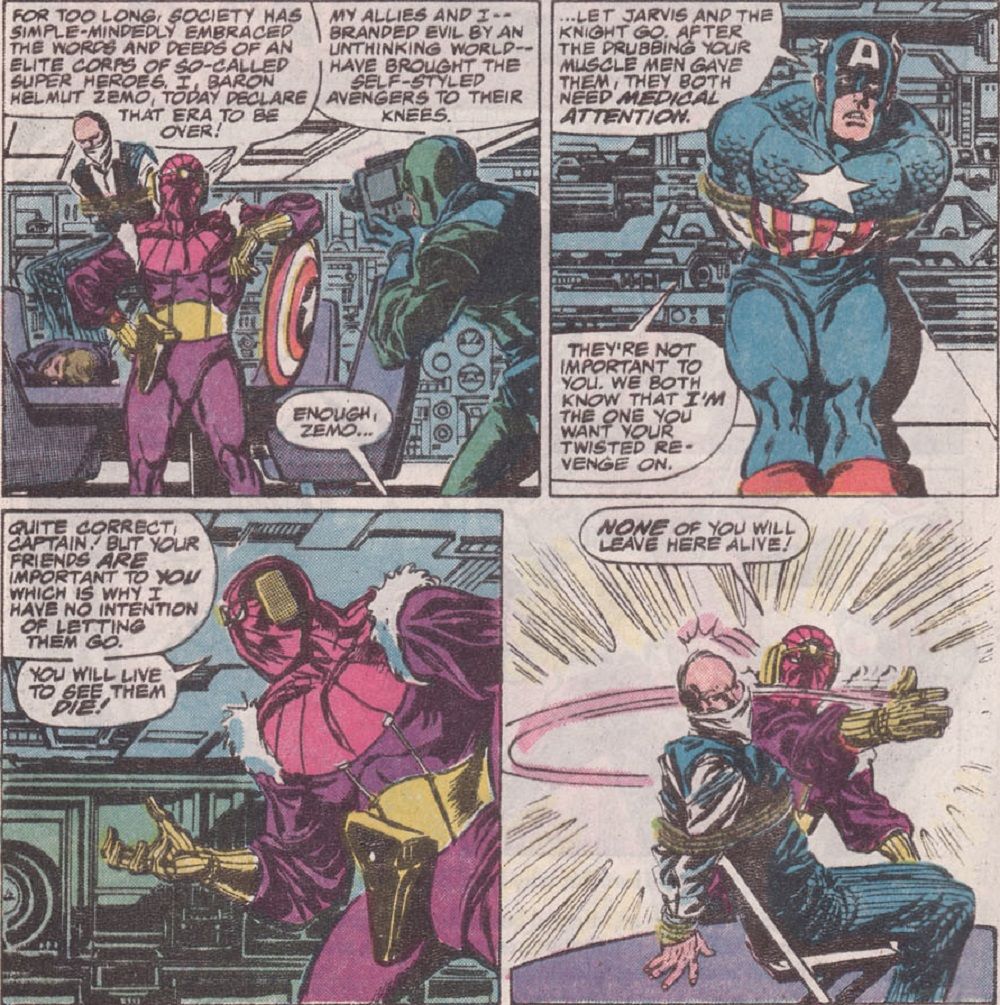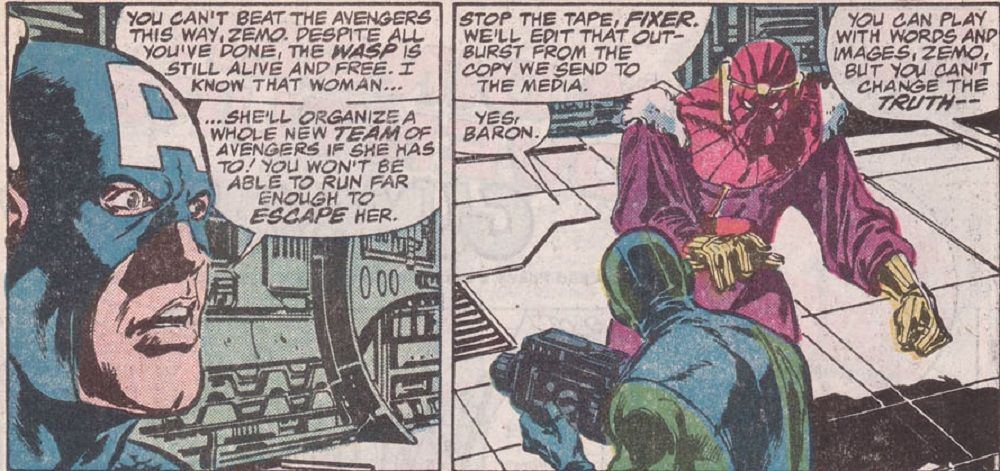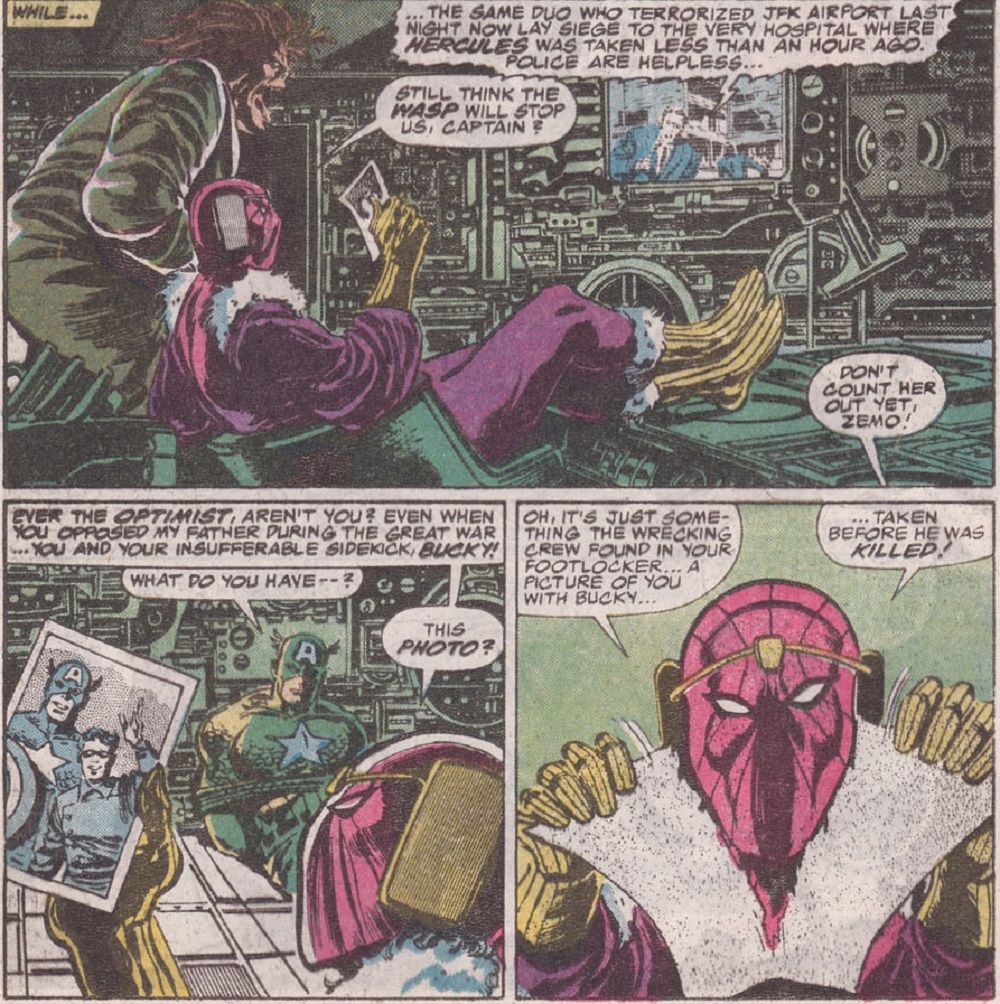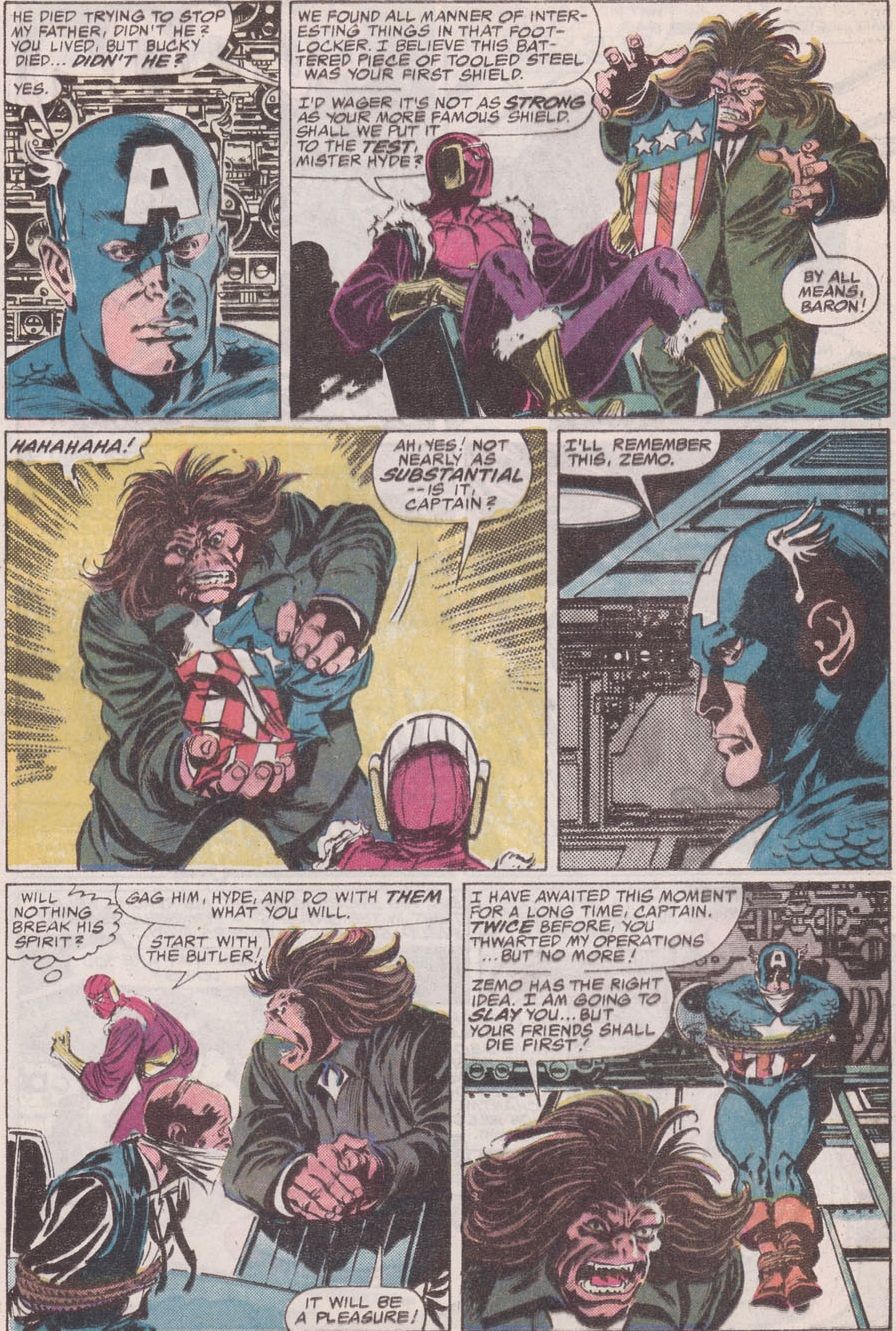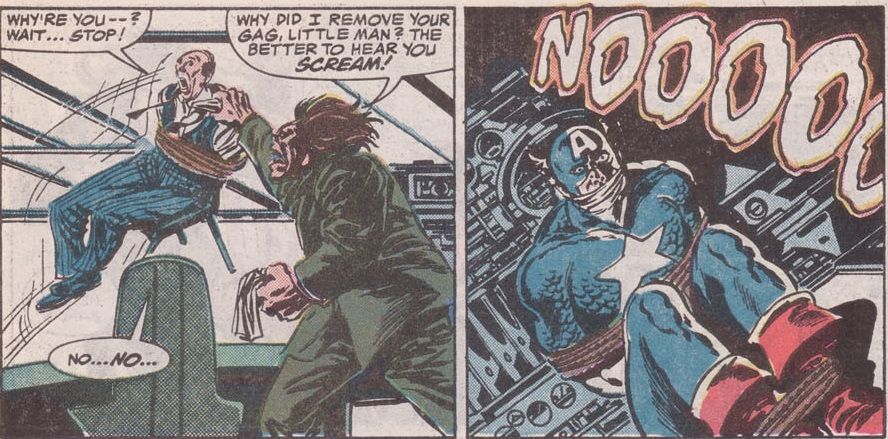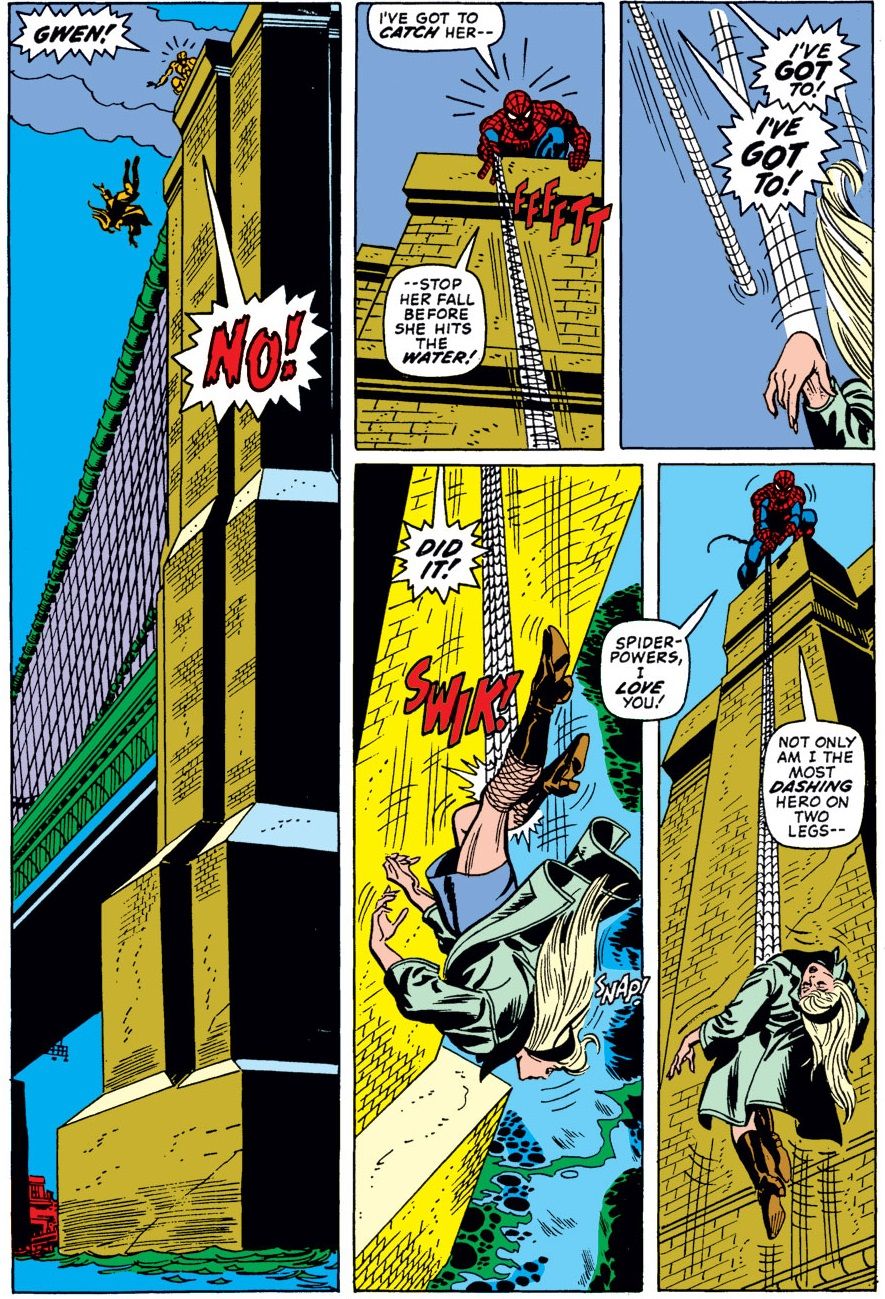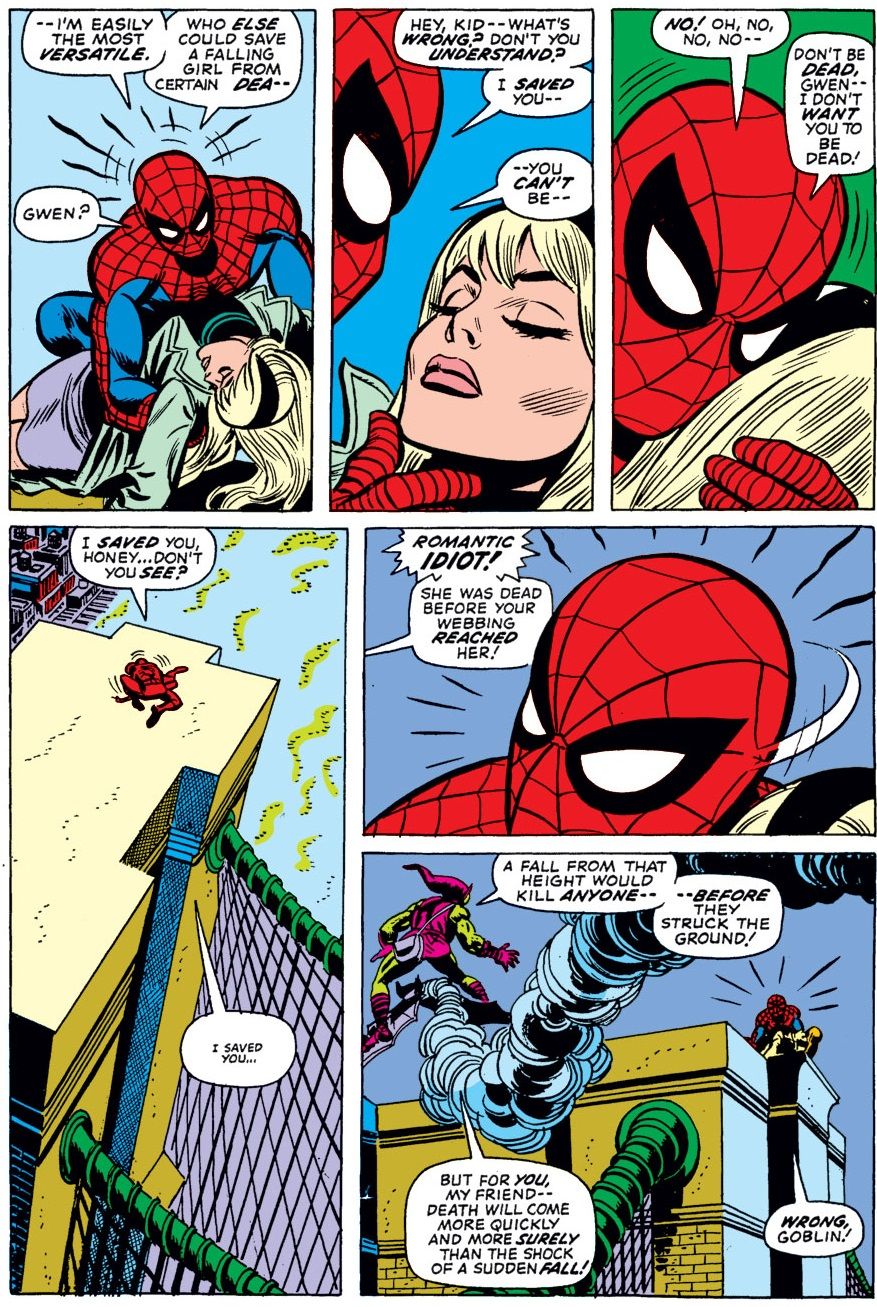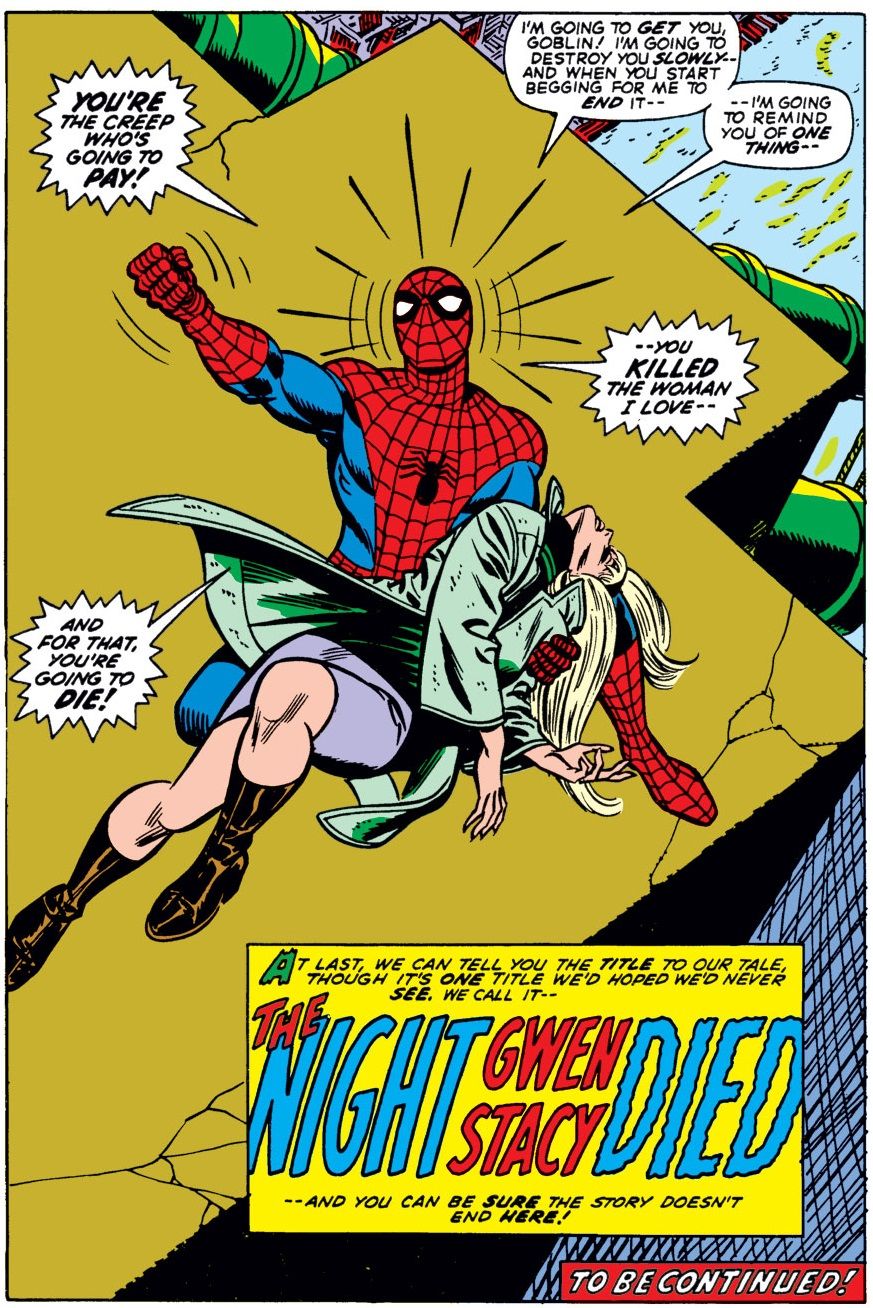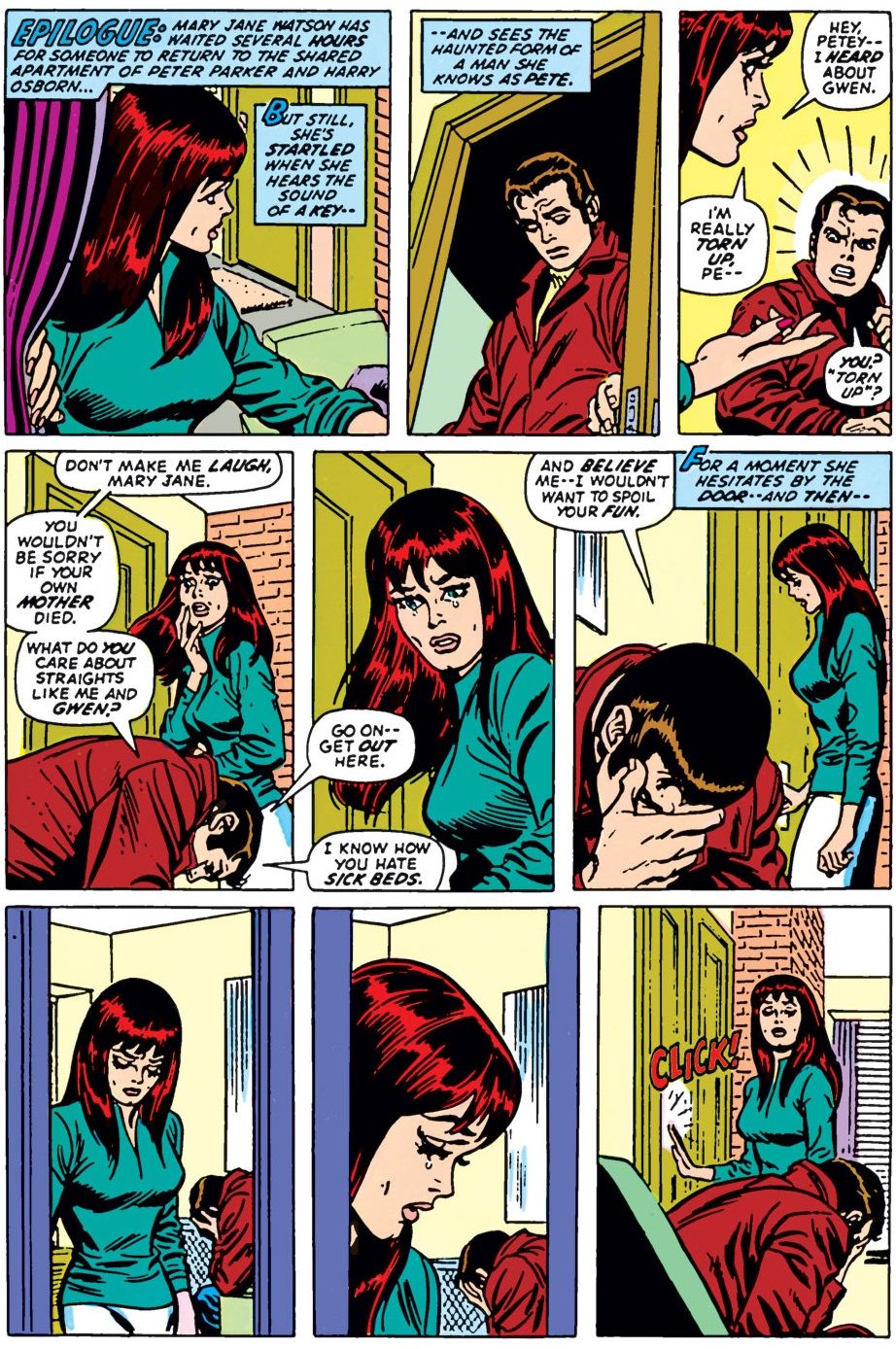You voted, and now, after over 1,000 ballots were cast, here are the results of your votes for your favorite comic book storylines of all-time (this is the third time we've done this countdown. We're on an every four year schedule)! We started with ten storylines a day, and now we're down to five storylines a day (until the last week, which will be three storylines a day). You can click on the Top 100 Comic Book Storylines tag either here or at the end of the post to see the other entries, in case you missed one.
To recap, you all sent in ballots ranking your favorite storylines from #1 (10 points) to #10 (1 point). I added up all of the points and here we are!
30. “The Elektra Saga” by Frank Miller and Klaus Janson (Daredevil #168, 174-182, 187-190) – 351 points (3 first place votes)
Elektra was introduced in the first issue of Daredevil fully written by Frank Miller, as a former “love of Matt Murdock’s life” in college who, after her father (a Greek ambassador)’s assassination, moved away from New York only to return years later as an assassin herself.
Throughout much of the next 14 issues Matt Murdock has to deal with Elektra’s return, both in his personal life as Matt Murdock (seeing his first real love again after years apart) and in his superhero life as Daredevil as Elektra was, you know, an assassin, and Daredevil doesn’t take kindly to assassins.
This duality came into play pretty early on, as the pair alternated between teaming up and fighting each other, as you could never tell whether Daredevil's goodness would rub off on Elektra (who, by the way, had her name misspelled on her first comic book cover!) or whether Elektra's darkness would rub off on Daredevil.
Things changed, however, when Elektra was chosen personally by Wilson Fisk, the Kingpin of Crime, to become his chief assassin.
There is a particularly brilliant sequence where she is sent to silence reporter Ben Urich. First by killing an informant leaking him a story about the Kingpin…
And then to kill Urich himself. Although, she notably "only" stabs him in the issue and does not kill him (a trademark aspect of Elektra's famous weapons, the sais, is that they would puncture people's bodies but would somehow always get stopped by the clothing of the victim on the other side - obviously, this was just a conceit designed to appease the Comics Code Authority, which wouldn't want people to show weapons bursting out of people's chests, but it makes for a striking visual, honestly).
Now Elektra and Matt were definitively at odds – although when she was assigned to murder Foggy Nelson’s, Matt’s law partner (and former college roommate), she could not go through with it when Foggy recognized her, showing that there was still some good in her.
However, this epiphany did not last long, as her rival assassin, Bullseye, chose to prove himself to Kingpin by taking Elektra out, which led to one of the most iconic deaths in Marvel history. He and Elektra are evenly matched as they battle in the streets of New York City. However, as Bullseye notes, as good as Elektra is, he was "magic" and he proceeded to then use a playing card to slice her throat open. Dazzled by the almost certainly fatal wound, Elektra stumbles long enough for Bullseye to come up on her and the rest is one of the most famous images in Marvel Comics history...
She somehow managed to crawl from even that wound and drag herself to Matt Murdock's front door, where she dies in his arms. Her death had a profound impact upon Matt, as did her later attempted resurrection by the ninja group, the Hand.
This was Miller’s first ongoing series as writer and artist, and it was quite impressive to see how adept he was at creating engaging, memorable characters with strong interpersonal relationships. Elektra evolved from basically a riff on an old Will Eisner Spirit issue to a fully developed, fascinating character.
The great Klaus Janson began to share the art duties with Miller as the series went along (first just as inker, but as time went by, Janson would take over more and more of the art on the title).
29. “Whatever Happened to the Man of Tomorrow?” by Alan Moore, Curt Swan, Kurt Schaffenberger and George Perez (Superman #423 and Action Comics #583) – 364 points (2 first place votes)
With the John Byrne revamp of Superman due soon, DC had one last opportunity to “say goodbye” to the pre-Crisis version of the character, and editor Julie Schwartz was delighted that Alan Moore was the man to do the farewell.
The result was “Whatever Happened to the Man of Tomorrow?” a story of the last days of Superman, utilizing pretty much every Superman villain and supporting cast member, in a story that was at both times dark and touching.
The main gist of the plot was that Superman’s enemies all become more and more vicious, with normal bad guys suddenly becoming murderers.
With the D-Level villains suddenly causing problems, the A-Level threats like Lex Luthor and Brainiac are REAL problems for Superman, so he collects his closest friends and holes up at his Fortress of Solitude and awaits the siege.
What follows next is a mix of horror and heroism and love and loss.
Here are two of the more notable tear-jerker moments, as Superman’s friends stand up for him, in sad but lovely ways. First, Jimmy Olsen and Lana Lang…
And then Krypto...
In the end, Moore took the toys that were available to him and used them all up, essentially, in such a way that the book could not have continued otherwise, leaving it perfect for a revamp of the title.
And having it all drawn by Curt Swan (with Perez inking the first issue and classic Superman artist Kurt Schaffenberger inking the second) was just a master stroke – seeing Swan draw some of the death scenes is just beyond touching (as you can see from that Krypto scene above).
28. "Identity Crisis" by Brad Meltzer, Rags Morales and Michael Bair (Identity Crisis #1-7) – 373 points
Identity Crisis is a murder mystery, where the victim is the wife of a superhero, Elongated Man.
Sue Dibny, like her hero husband Ralph, was a public figure, so when she was murdered, it threw the whole superhero community into a frenzy – are THEIR loved ones at risk, too? What do you do if your secret identity is threatened?
Before Sue dies, we get a touching tribute to their life together…
Very sad.
The death of Sue also caused a group of Justice Leaguers to reflect back on the last time they caught a super-villain messing with a loved one (Sue, actually) – they wiped his memory clean. So they figured that this villain might have remembered it, and since Sue’s death possibly could have been caused by someone with this villain’s powers, he became the most wanted villain on the planet.
Soon other loved ones of heroes are attacked (and some killed) and the mystery ratchets up, all the while contrasting with the loss of trust between some of the heroes when they learn what these Leaguers did in the past to Doctor Light after his assault on Sue. We also learn that their actions did not stop just with Doctor Light. What they did to him inspired them to repeat similar experiments on other super villains, which was particularly tough for Wally West to hear about his uncle Barry Allen, who he always looked to as a paragon of virtue.
There's a memorable fight in the series when the most wanted man on Earth, Doctor Light, hires Deathstroke the Terminator to protect him from the crazed Justice League.
When the murderer is revealed – it is a shock to the system, to say the least.
Rags Morales and Michael Bair do a wonderful job with the facial expressions in this series, which is important because writer Brad Meltzer includes a good deal of emotional scenes.
This series has been one of the most influential series of the past 15 years for DC Comics, as a great many comics spun out of this one.
Go to the next page for #27-26!
27. "Under Siege" by Roger Stern, John Buscema and Tom Palmer (Avengers #270-277) – 381 points (1 first place votes)
This story was a brilliant example of sub-plots simmering to the point of boiling over in an explosive succession of issues. For a number of issues, Baron Zemo was secretly putting together a team of super-villains specifically designed to defeat the Avengers. Studying and planning, Zemo eventually put together such a large and powerful team of villains that his Masters of Evil were able to basically just bumrush the Avengers Mansion and take it over (taking advantage of another simmering sub-plot, Hercules’ distaste for being led by the Winsome Wasp – he did not like the idea of warriors like himself, Captain America and Black Knight taking orders from a woman). After beating Hercules within an inch of his life, they spent the next few days torturing their captive Avengers, including destroying all of Captain America’s belongings in front of him (including the only picture he had of his mother) and then making Captain America and Black Knight watch as they brutalized Jarvis, the Avengers’ faithful butler.
You have to love first how hardcore Cap is in the face of adversity (“I’ll remember this.” Chilling!) and then how disgusted Cap looks at Jarvis being attacked. Such amazing facial expressions from artists John Buscema and Tom Palmer.
This being the Avengers, though, they were able to make a comeback, with Wasp, the only Avenger to evade capture, putting together a makeshift team of heroes to save the captive Avengers (who were doing their best to free themselves). This likely remembered as writer Roger Stern’s masterpiece. And, of course, the aforementioned John Buscema and Tom Palmer did a wonderful job themselves.
26. "The Death of Gwen Stacy" by Gerry Conway, Gil Kane, John Romita and John Tartaglione (Amazing Spider-Man #121-122) - 393 points (4 first place votes)
Gerry Conway had only been the regular writer on Amazing Spider-Man for roughly a year when artist John Romita decided that he wanted to shake the series up by killing off a major character. Initially, he considered the standby when it comes to "Who should we kill off in Spider-Man's series?," which is Aunt May. Conway, though, suggested that it might make more sense to take out Gwen Stacy, who Conway wasn't a big fan of (he felt that she and Peter were too much of a "perfect couple" and it wasn't interesting) and Romita agreed that her death would have a greater impact.
In the “Death of Gwen Stacy,” Norman Osborn finally snaps for good and, as the Green Goblin, kidnaps Peter Parker’s girlfriend, Gwen Stacy and then throws her off of a bridge…
Whoa, whoa, whoa, Spider-Man! I know that your girlfriend was just murdered in front of you, but you don't have to use such strong language like "creep"! By the way, Conway himself was the one who asked for them to add the little "snap" there when she dies, which later leads readers to logically assume that her neck snapped when Spider-Man's webbing grabbed her.
Anyhow, Gerry Conway, Gil Kane and John Romita practically DARE you not to come back for the next issue with that ending and they were surely right. The following issue is a powerful lesson in Spider-Man’s humanity and his capacity for mercy, as he just can't bring himself to kill the Green Goblin when the opportunity arises. It's basically a matter of, "If I kill to avenge the woman who loves me, aren't I therefore becoming someone that she never would have loved in the first place?"
Of course, a somewhat underrated aspect of this story is the way that Conway uses this story to set up the romance he wanted between Peter and Mary Jane, as seen in the classic epilogue to the story (which is the first half of a bookend Conway uses during his run).
Conway built Mary Jane up so much in his run that when he finishes it, he uses the other half of the aforementioned bookend and it works really well.

